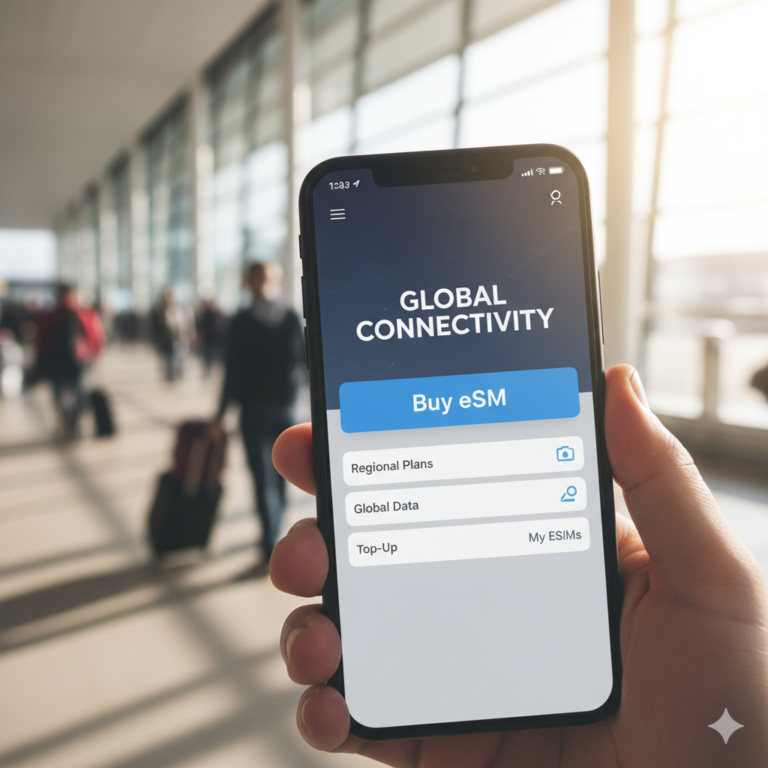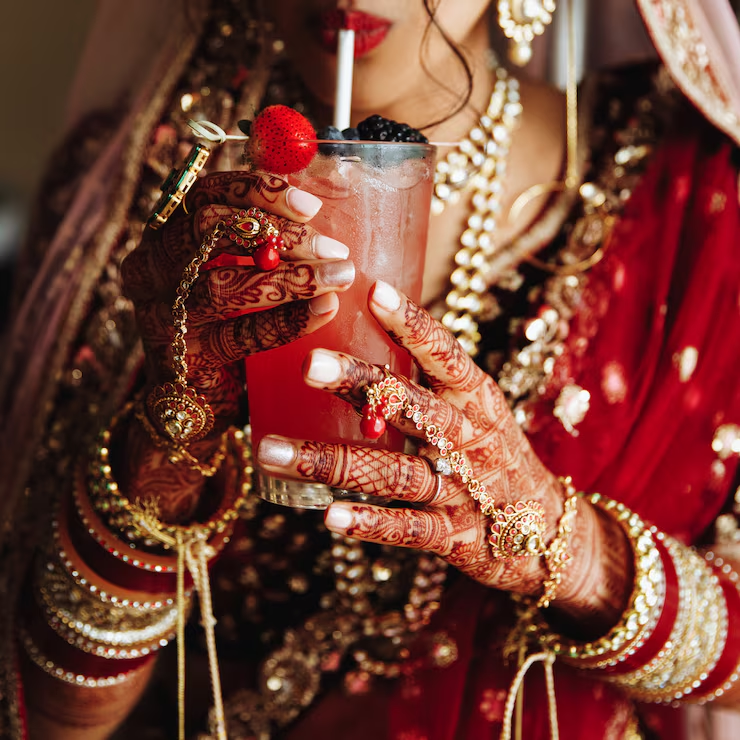In the realm of hair transplant aftercare, meticulous attention and strict adherence to post-operative instructions are paramount for success, particularly in a challenging climate like Dubai. The region’s intense sun, heat, and humidity present unique obstacles that must be carefully managed to safeguard the delicate newly implanted grafts. While following your surgeon’s specific guidance is crucial, here is a comprehensive guide tailored to the Dubai environment for optimal hair transplant aftercare.
Top Medical Recommendations for Hair Transplant Aftercare in Dubai
The success of a hair transplant procedure relies heavily on diligent and compliant aftercare, a necessity magnified when recuperating in a location like Dubai. The scorching sun, high temperatures, and humidity pose distinct challenges that, if not handled correctly, can jeopardize the fragile newly transplanted grafts. Following your surgeon’s precise instructions is essential, but here is a detailed guide to the best medical advice for post-hair transplant care, customized for the Dubai setting.
The Critical Initial 72 Hours: Protecting Graft Survival
The first three days post-operation are crucial as the freshly transplanted follicular units (grafts) are delicate and in the process of establishing their blood supply in the recipient area.
Strict Avoidance of Contact: Refrain from touching, scratching, or rubbing the transplanted region at all costs. Direct contact can dislodge the grafts, resulting in permanent loss. If itching occurs, consult your surgeon for an approved saline spray or gentle soothing method.
Elevation for Swelling Control: Swelling around the forehead and eyes is common. To minimize this, it is essential to sleep with your head elevated at a 45-degree angle for the initial 3-5 nights. Utilize multiple pillows or a recliner to prevent fluid accumulation in the face. Additionally, a neck pillow can help prevent accidental contact with the recipient area.
Adherence to Medication: Follow the prescribed medications precisely as instructed. Typically, this includes antibiotics to prevent infection, pain relievers for discomfort management, and potentially anti-inflammatory medication to reduce swelling. Avoid any unauthorized over-the-counter blood thinners (such as aspirin) that could increase bleeding risk.
Initial Cleansing (Per Surgeon’s Guidance): Most Dubai clinics conduct the first wash 24 to 72 hours post-surgery. If you are tasked with performing it yourself, use the provided mild, pH-neutral shampoo and solution. The technique is critical: gently pour lukewarm water over the area and lightly dab the shampoo foam—avoid rubbing, scrubbing, or exposing the area to high-pressure water.
The First Two Weeks: Ensuring Security and Hygiene
During this period, the grafts stabilize their position, and scabs form and shed. This is when the specific challenges of Dubai’s climate become most relevant.
Climate-Specific Precautions:
Sun Protection is Essential: The healing scalp is extremely sensitive to UV rays, which can harm the follicles and cause lasting discoloration or scarring. Refrain from direct sun exposure for a minimum of 14 days. If outdoor exposure is unavoidable, wear a loose-fitting, wide-brimmed hat (such as a bucket hat or loose baseball cap, ensuring it does not touch the grafts). Limit outdoor activities, especially between 10 AM and 4 PM.
Managing Heat and Sweat: Dubai’s heat can trigger excessive sweating, creating a moist environment conducive to bacterial growth and infection risk.
Avoid vigorous exercise and activities inducing heavy sweating for at least 14 days. This includes intense workouts, running, saunas, and steam rooms.
Ensure indoor environments are adequately air-conditioned and comfortable.
Routine Care:
Gentle Washing Regimen: Continue the gentle washing method as directed by your surgeon, typically increasing frequency or duration to assist in the safe, natural shedding of scabs around days 7-10. Refrain from picking or forcefully removing scabs; allow them to soften and fall off gradually with the prescribed washing technique.
Avoid Harsh Practices:
No Smoking or Alcohol: Both substances restrict blood flow (smoking) and cause dehydration (alcohol), significantly impeding the healing process and graft nourishment. A minimum of two weeks of abstinence is vital, though a longer duration is preferable.
Avoid Hair Styling Products: Refrain from using gels, sprays, pomades, or minoxidil (unless prescribed) on the recipient area for the initial two weeks or until approved by your surgeon.
Weeks 3 and Beyond: Sustaining Long-Term Health and Growth
Around the 2-4 week mark, the “shock loss” phase commences, where the transplanted hair shafts shed. This is a natural and necessary part of the process, paving the way for permanent hair growth.
Gradual Return to Activity: Consult your surgeon, but light, non-sweat-inducing exercises (like walking) are typically permissible around week two, with moderate strenuous activities resuming after weeks three or four.
Continued Sun Precaution: Maintain scalp protection from intense sunlight for at least the



